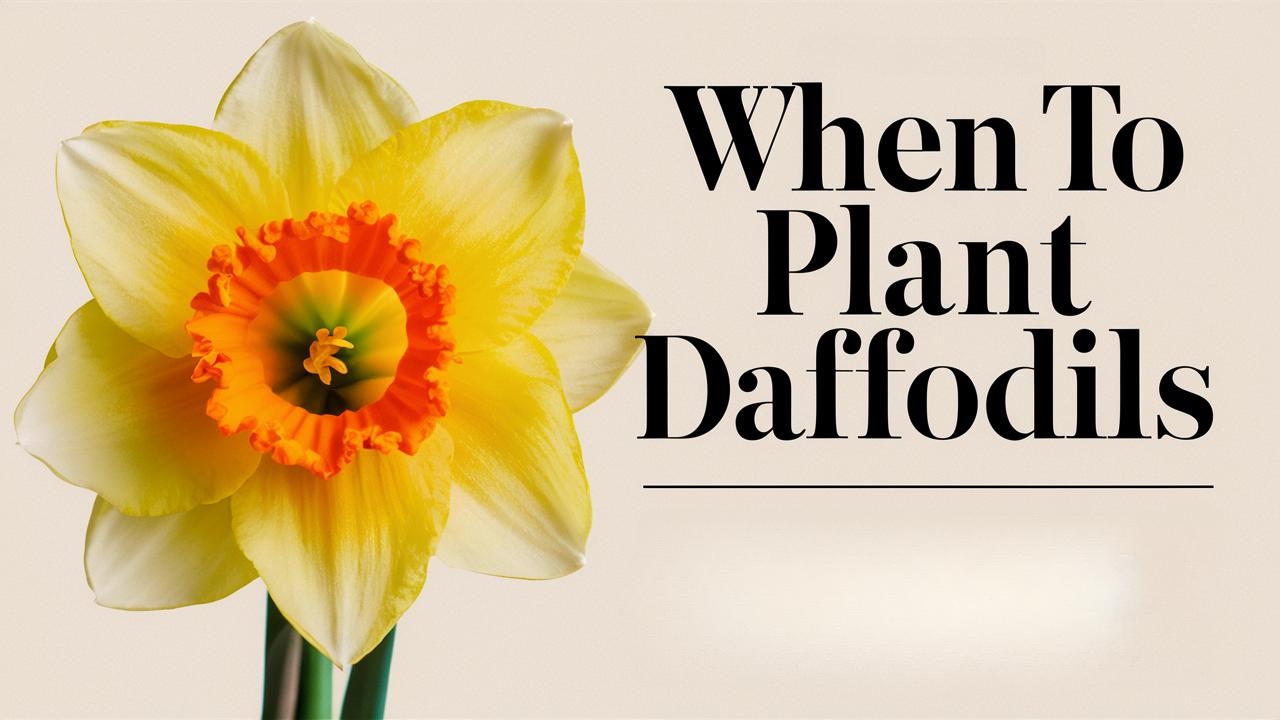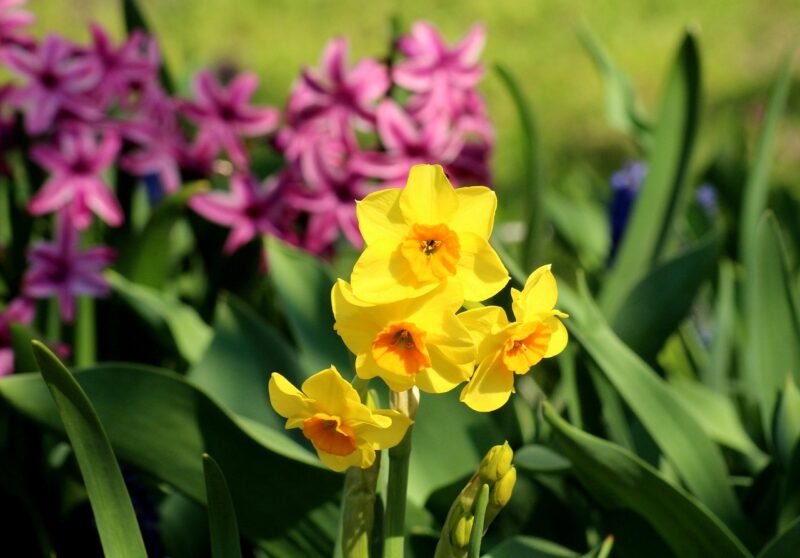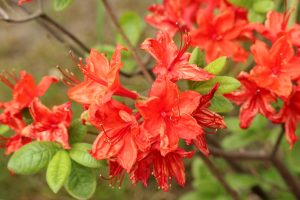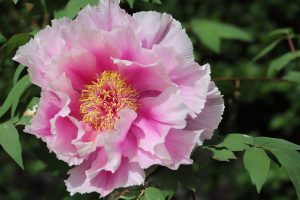This comprehensive guide will explore the optimal timing for planting daffodils, along with key factors that influence this timing, tips for planting, and maintenance strategies to ensure a vibrant spring display.
The Ideal Planting Time
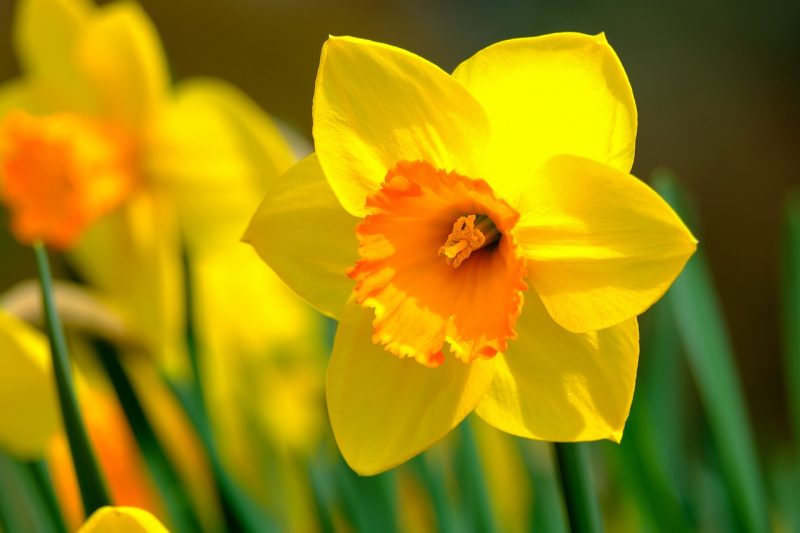
When considering when to plant daffodils, the primary determining factor is the climate of your region. Daffodils are hardy perennials that thrive in the cooler temperatures of fall and spring. The optimal time for planting daffodils is typically in the fall, about 6 to 8 weeks before the ground freezes. This timing allows the bulbs to develop roots while the soil is still warm.
Northern Climates
For gardeners in northern climates, such as Canada or the northern U.S., the end of September to early October is often the ideal window for planting daffodils. In these areas, the ground may freeze by mid-November, so timing is crucial. Planting in early autumn helps ensure that the bulbs have adequate time to establish their root systems before the hard freeze sets in.
Southern Climates
In southern regions, such as the southern U.S., the climate stays warmer for a longer period. There may be minimal risk of freeze, and daffodils can be planted as late as mid-November. However, many gardeners still prefer to plant in early to mid-October. The goal is to ensure that the bulbs can spend a while in the cooler soil so that they can go through the necessary chilling period that encourages strong growth.
Understanding the Bulb’s Life Cycle
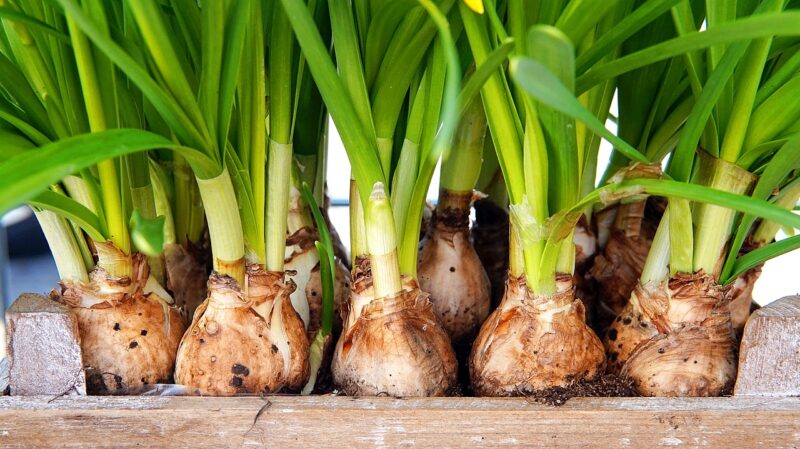
Worth noting is that daffodils are biannual bloomers. They usually take one growing season to establish themselves before producing vibrant flowers the following spring. Planting in the fall gives the bulbs enough time to undergo their natural cycle, allowing them to receive nutrients from the soil and prepare for blooming when the conditions are right.
The Importance of Chilling
Daffodil bulbs require a chilling period to trigger growth. When they are planted in the ground in fall, they undergo a necessary process called vernalization. This cooling period breaks dormancy and enables the bulbs to absorb moisture and nutrients from the soil. This is why the planting window of early fall is so crucial.
Soil Temperature and Weather Conditions
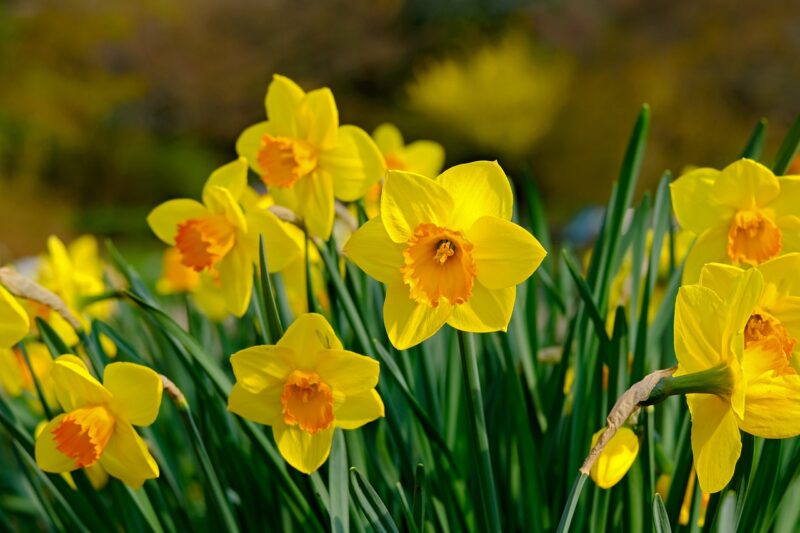
Another element that plays into the timing of planting daffodils is soil temperature. The ideal soil temperature for daffodils to begin rooting is around 60°F (15°C). If the temperature is too warm, the bulbs may not root properly or may rot in the soil. Using a soil thermometer can help you gauge whether it’s time to plant.
Observational Signs
Experienced gardeners often rely not only on calendars but also on their local weather patterns. Watching nature provides tremendous clues regarding when to plant. For example, when the leaves of trees begin to change colors and fall, or when the first light frost appears, it may signify that it’s time to consider planting daffodils.
Choosing the Right Bulbs
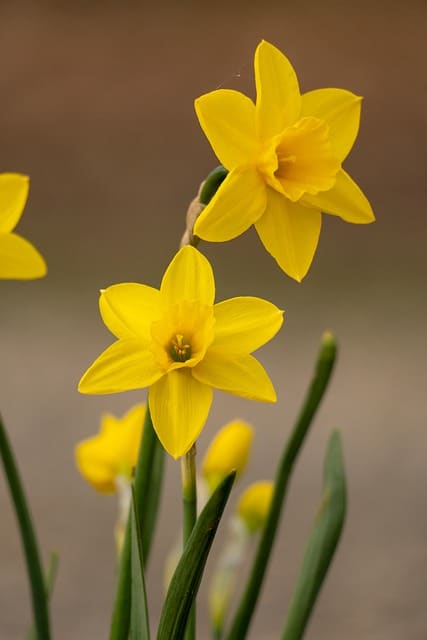
Selecting high-quality bulbs is an essential step leading up to the planting process. Always choose firm, plump bulbs without any signs of mold, softness, or blemishes. Larger bulbs generally produce more blooms, so consider investing in larger-sized bulbs for a more impressive display.
Bulb Varieties
Some of the most popular daffodil varieties include the trumpet daffodil, large-cupped daffodil, and fragrant daffodil. Each variety may have different blooming times, typically ranging from late winter to early spring. Understanding your chosen variety can help in planning when to plant them.
Preparing the Planting Site
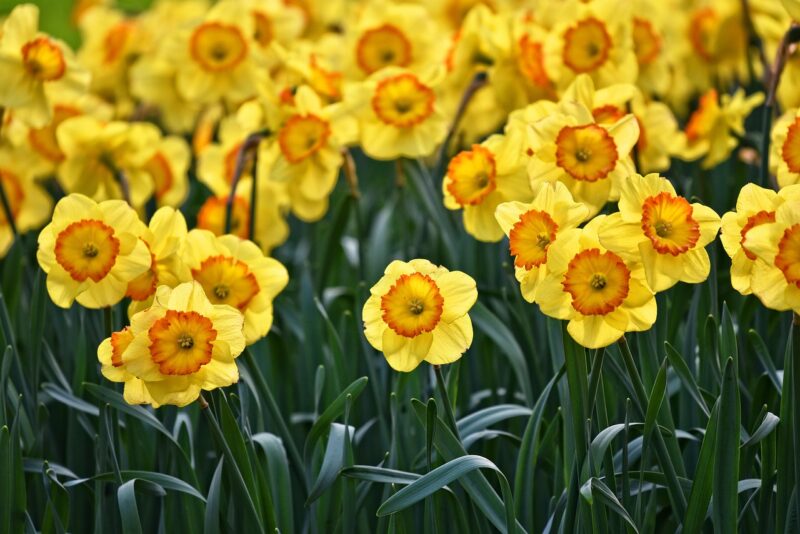
Once you’ve chosen the right time and quality bulbs, you need to prepare the planting site. Daffodils prefer well-draining soil that is rich in organic material. Preparing the ground involves clearing out any debris, weeds, or old plant materials.
Soil Amendment
If you have heavy clay soil, consider mixing in sand or compost to improve drainage. Good drainage is crucial, as it prevents the bulbs from rotting during the winter months when they can be susceptible to over-saturation. Per light soil, complementing it with compost enhances nutrient availability for the bulbs.
Planting Techniques
When planting daffodils, the depth is vital for their survival and growth. The general rule of thumb is to plant bulbs at a depth of three times their height. So, if you have a bulb that is 2 inches tall, plant it 6 inches deep. This allows them to remain insulated during winter while affording enough space for upward growth come spring.
Spacing
Spacing is likewise essential when planting daffodils. To create an enchanting display, plant bulbs about 6 to 12 inches apart. Planting them tight works well in groupings for a fuller look, while spacing them out creates a more cascading effect.
Watering After Planting
After planting, it’s important to water the bulbs thoroughly. This not only helps settle the soil around the bulbs but also begins the moisture absorption process. However, it’s critical to avoid overwatering. The soil should be kept moist but not soggy, as excessive moisture may lead to rot.
Mulching for Success
Applying a 2 to 3-inch layer of mulch after planting can provide many benefits. Mulching helps retain soil moisture, suppress weeds, and maintain a more even soil temperature. As the mulch breaks down, it can also add beneficial organic material to the soil, increasing fertility.
The Spring Awakening
The moment we’ve all been waiting for arrives when the daffodils begin to emerge from the frosty ground each spring. This initial opening often varies based on your location and the specific variety of daffodil you have chosen.
Timing of Blooms
Typically, daffodils will bloom anywhere from late March to mid-May, depending on factors such as climate and weather conditions that year. While some daffodil varieties, like Tete-a-Tete, are early bloomers, others may wait until later to show their vibrant colors.
Post-Bloom Care
After daffodils bloom, it’s tempting to remove the green foliage to tidy up the garden. However, this foliage is crucial for the growth of future blooms. The leaves create energy through photosynthesis, allowing the bulb to store nutrients for the next blooming season. It is advisable to allow the foliage to wither naturally before cutting it back.
Common Mistakes to Avoid
As with all gardening tasks, experience often teaches valuable lessons. Here are some common mistakes to avoid when planting daffodils:
Planting Too Late: Wait too long, and the ground may freeze, preventing the bulbs from rooting.
Overwatering Bulbs: This can lead to rot, especially in poorly draining soil.
Ignoring Soil Conditions: Ensure you have well-drained soil, as density can affect bulb health.
Cutting Leaves Too Soon: Allow leaves to stay until they turn yellow and die back, facilitating nutrient absorption.
Conclusion: Blooming Beauty Awaits
Planting daffodils at the right time is a rewarding experience that every gardener cherishes. With their bright, cheerful blooms waking up the spring garden, understanding the subtleties of timing and preparation can make all the difference in their success. By planting in the fall, taking care to prepare the site, understanding the importance of soil temperature, and allowing foliage to continue growing post-bloom, you can enjoy a stunning spring display that turns heads and prompts joy.


